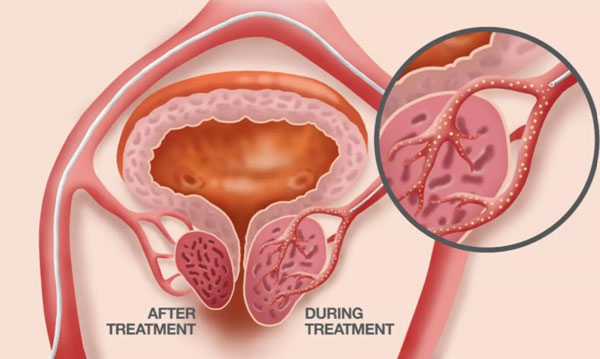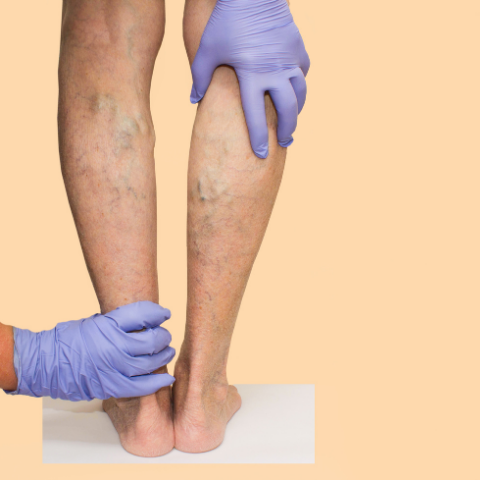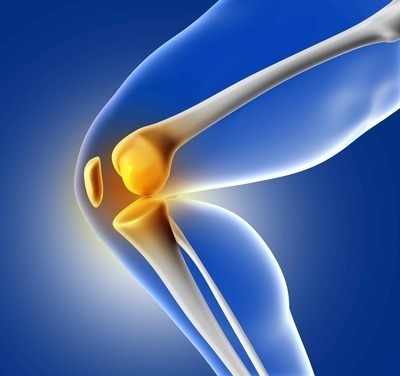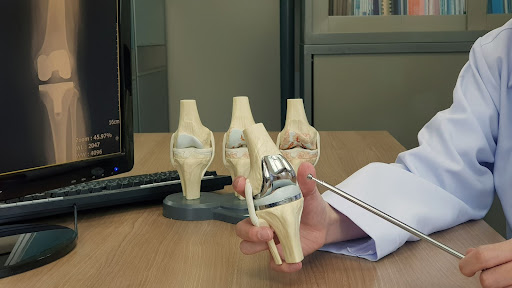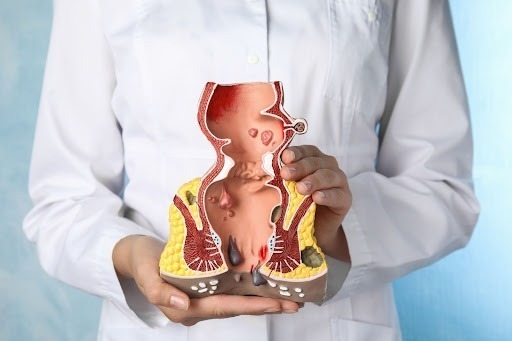General Surgeries
What is Lipoma
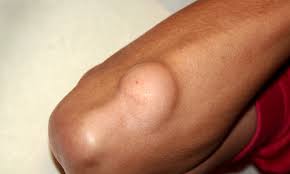
by admin
25th October 2023
8 minutes read
Introduction
Lipoma is a benign (non-cancerous) soft tissue tumor that arises from the overgrowth of fat cells. These tumors are typically soft, doughy, and easily movable under the skin, often presenting as painless lumps. Lipomas can develop anywhere there are fat cells but are most commonly found on the shoulders, chest, trunk, neck, thighs, and armpits. While they are usually harmless and don’t require treatment, some individuals may opt for removal due to discomfort or cosmetic concerns. Let’s understand more about lipomas in detail.
What is a Lipoma?
A Lipoma is a benign growth of fat cells encapsulated within a thin fibrous capsule, often appearing as a soft, doughy lump beneath the skin. While generally harmless, some individuals opt for a lipoma removal surgery due to discomfort or cosmetic reasons. Traditional lipoma treatment involves a surgical procedure known as lipoma operation or lipoma surgery. However, new treatments for lipoma are emerging, offering alternative options for lipoma removal. Despite the availability of lipoma removal surgery, often no treatment is required unless the lipoma becomes bothersome. While lipomas are quite common and not a cause for concern, any new or growing lump should be evaluated by a healthcare professional.
What are the Causes of Lipoma?
The exact causes of lipoma formation remain relatively unknown, although there are several factors believed to contribute to their development. Here are some suspected causes and associations:
- Genetic Predisposition: Certain genetic conditions and familial traits may predispose individuals to develop lipomas. There’s evidence that lipomas may run in families, suggesting a genetic link.
- Chromosomal Abnormalities: Some studies have found chromosomal abnormalities in the cells of lipoma tissues, which might contribute to their development.
- Physical Trauma: Although the evidence is not strong, some cases have shown that physical trauma might trigger lipoma growth in some individuals.
- Obesity: While lipomas can occur in individuals of any weight, there is some association between obesity and lipoma development. However, the exact relationship is unclear as lipomas are not composed of metabolic fat but of adipose tissue.
- Other Health Conditions: Certain conditions like diabetes or liver disease have been suggested to possibly play a role in lipoma development, although the evidence is not conclusive.
- Age: Lipomas tend to occur more commonly in adults between the ages of 40 and 60.
- Minor Infections: Some theories propose that minor infections could possibly trigger lipoma formation.
- Poor Diet: There’s speculation, though not well substantiated, that a high-fat diet could potentially contribute to lipoma development.
Despite these associations, the precise etiology of lipomas remains a subject of ongoing research. Understanding the exact cause may eventually lead to more effective preventative measures and treatments for lipoma.
What are the Common Symptoms of Lipoma?
Lipomas typically manifest as soft, palpable lumps beneath the skin surface . Here are common symptoms and characteristics associated with the lipoma on arms:
- Size and Shape: Lipomas usually present as small lumps, often less than 2 inches in diameter, although they can grow larger over time.
- Texture: They are soft and doughy to touch, easily movable under the skin with gentle pressure.
- Color: The overlying skin is often normal in color, but lipomas can appear as a slightly yellowish mass if the skin over them is thin.
- Pain: Generally, lipomas are painless. However, if they compress nearby nerves or contain many blood vessels, they may cause discomfort or pain.
- Location: Commonly found in areas with fatty tissue, including the shoulders, chest, trunk, neck, thighs, and armpits.
- Growth Rate: They usually grow slowly, and their size may remain stable for several years.
- Number: Individuals may have one or multiple lipomas.
- Consistency: Usually, they maintain a consistent size, but some might experience a sudden growth in the size of the lipoma.
Often, lipomas cause no other symptoms unless they are in a location where they interfere with movement or cause discomfort due to pressure on surrounding tissues. Despite their benign nature, any new or changing lumps should be professionally evaluated to rule out other, potentially serious, conditions.
How is a Lipoma Diagnosed?
Diagnosing a lipoma typically involves a combination of physical examination and imaging studies. Here’s a breakdown of the process:
- Physical Examination: Initially, a healthcare professional will conduct a physical examination. They will assess the lump’s size, shape, texture, and mobility to form a preliminary diagnosis. Lipomas are usually soft, doughy, and easily movable under the skin, which are characteristic features.
- Medical History: A thorough medical history is taken to understand any familial tendency toward lipoma formation or associated conditions.
- Imaging Studies: If there’s any uncertainty or if the lump’s characteristics suggest a different type of tumor, imaging studies like Ultrasound, MRI (Magnetic Resonance Imaging), or CT (Computed Tomography) scans may be used to get a clearer view of the lump and its surrounding tissues.
- Biopsy: In some cases, a biopsy might be performed where a small sample of the lump is extracted and examined under a microscope to confirm the diagnosis and rule out malignancy.
- Fine Needle Aspiration (FNA): This less invasive procedure involves using a thin needle to extract cells from the lump for microscopic examination.
- Lipoma Removal : Occasionally, a definitive diagnosis is made after surgical removal and histological examination of the tumor.
Through these steps, healthcare professionals can accurately diagnose lipomas and differentiate them from other more serious conditions like liposarcoma, a malignant tumor of fatty tissue.
How are Lipomas Managed or What is the Treatment of Lipoma?
The management and treatment of lipomas largely depend on their size, location, and whether they cause discomfort or other symptoms. Here are the primary methods used to manage or treat lipomas:
- Observation: Often, no treatment is required for lipomas if they are small and asymptomatic. Regular monitoring is usually sufficient to ensure there’s no significant growth or change in characteristics.
- Liposuction: Liposuction can be used to remove the fatty tissue within a lipoma. This is a less invasive option and is especially useful when cosmetic appearance is a concern.
- Steroid Injections: Injecting steroids into a lipoma can shrink the lipoma, but it doesn’t eliminate it entirely. This treatment is another less invasive option.
- Minimal Excision Extraction: A minimal incision is made to extract the lipoma with less scarring compared to traditional surgical removal.
- Surgical Removal: If a lipoma is large, growing, or causing discomfort, lipoma excision in banglore is a common treatment option. This procedure involves making a small incision in the skin and removing the lipoma.
- New Treatments: Research into non-surgical treatments like laser therapy or cryotherapy is ongoing.
- Radiofrequency Ablation: A newer technique wherein heat is used to destroy the lipoma tissue, though it’s not widely used yet.
The appropriate treatment method will depend on individual circumstances and preferences and should be discussed with a healthcare professional.
What are the Side Effects of Lipoma Surgery?
Lipoma surgery, like other surgical procedures, carries certain risks and potential side effects. Here are some of the common and rare side effects associated with lipoma surgery:
- Infection: As with any surgical procedure, there’s a risk of infection at the incision site.
- Scarring: Scars can form where incisions were made, and may be noticeable depending on the surgery’s location and extent.
- Bleeding: Bleeding is a common side effect, though it’s usually minor.
- Bruising: Bruising around the surgical area is common and typically subsides within a few weeks.
- Pain and Tenderness: The surgical area may be tender or painful while healing.
- Seroma: A pocket of clear serous fluid can sometimes develop in the surgical area.
- Nerve Damage: Rarely, nearby nerves may be damaged during surgery, potentially causing numbness or weakness in surrounding areas.
- Recurrence: Though uncommon, lipomas can sometimes recur in the same area even after surgical removal.
The severity of these side effects varies from person to person. It’s advisable to discuss any concerns regarding the procedure and its potential side effects with a healthcare professional.
Conclusion
Lipomas are benign fatty tumors often requiring no intervention unless causing discomfort or cosmetic concern. Diagnosis primarily involves physical examination and possibly imaging or biopsy. Treatment options include observation, surgical removal, or less commonly, liposuction and steroid injections. Although surgery is effective, it may come with side effects like scarring and infection. Consulting with healthcare professionals ensures appropriate management of lipomas.
FAQs
1. Can lipomas turn cancerous?
Lipomas are benign and typically do not become cancerous. However, a rare, malignant form known as liposarcoma does exist.
2. Are lipomas painful?
Generally, lipomas are not painful unless they compress nearby nerves or are in a sensitive area.
3. Is there a non-surgical treatment for lipomas?
Non-surgical treatments like steroid injections or liposuction can sometimes be used, though they may not be as effective as surgical removal.
4. Can lipomas be associated with other medical conditions?
Lipomas can be associated with conditions like familial multiple lipomatosis or adiposis dolorosa, though they are typically isolated occurrences.
5. How are lipomas diagnosed?
Lipomas are often diagnosed through physical examination and may be further evaluated with imaging studies like ultrasound, MRI, biopsy, etc.
CATEGORIES
- ACL Reconstruction
- Anal Fissures
- Anal Fistula
- Appendicitis
- ASK A DOCTOR
- Benign Prostatic Hyperplasia
- Breast Lump Excision
- Cataract
- Circumcision
- Conditions & Diseases
- Cosmetology
- Covid-19
- Cure
- Endocrinology
- ENGLISH VIDEOS
- Eye Care
- Gallstones
- General Surgeries
- Government Schemes
- Gynaecology
- Gynecomastia
- Health
- Health Insurance
- Hernia
- Hindi
- Hip Arthoscopy
- Hip Replacement
- Hip Replacement Surgery
- Hydrocele
- Kannada
- Kidney Stones
- Knee Arthroscopic
- Laparoscopic
- LASER
- Latest Treatments
- Lifestyle
- Liposuction
- Medfin Stories
- Medicine
- Nephrology
- Ophthalmology
- Orthopaedic
- Paraphimosis
- Patient Testimonials
- PCL Reconstruction
- Phimosis
- Piles (Hemorrhoids)
- Pilonidal Sinus
- Proctology
- Prostate Artery Embolization
- Rhinoplasty
- Second Opinion
- Total Knee Replacement
- Urology
- Uterine Artery Embolization
- Uterine Fibroids
- Varicocele
- Varicose Veins
- Vascular
- VIDEOS
